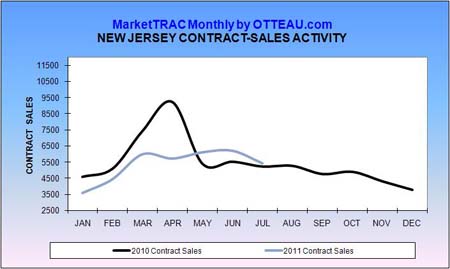From the WSJ:
An Apple Tree Grows in Suburbia
Used to be, developers built high-end suburban communities around golf greens.
The hot amenity now? Salad greens.
In a movement propelled by environmental concern, nostalgia for a simpler life and a dollop of marketing savvy, developers are increasingly laying out their cul-de-sacs around organic farms, cattle ranches, vineyards and other agricultural ventures. They’re betting that buyers will pay a premium for views of heirloom tomatoes—and that the farms can provide a steady stream of revenue, while cutting the cost of landscaping upkeep.
Forget multimillion-dollar recreation centers—”our amenities are watching the cows graze and the leaves change,” says Joe Barnes, development principal for Bundoran Farm, a 2,300-acre development set amid apple orchards and cattle pastures outside Charlottesville, Va.
To be sure, the shaky economy has taken a toll on some of these developments, including Bundoran Farms, where the developers are moving ahead with new financial backers after a co-owner of the acreage went into foreclosure. Still, Bundoran’s developers say they have sold 19 lots, which run from about $250,000 to more than $1 million, in the past 10 months. And new communities centered on agricultural development are in various stages of planning and construction in cities from coast to coast, including South Burlington, Vt., Hayes, Va., Boise, Idaho, and Stockton, Calif.
“Agriculture is the new golf,” says Ed McMahon, a senior resident fellow at the Urban Land Institute, a nonprofit group focused on land-use planning.
…
There are three basic models for incorporating agriculture into suburbia. The most straightforward is to set aside land for a farm, orchard or vineyard within the community. Such ventures may be run by an independent contractor who leases the land, or by salaried farmers who work for the developer. A second model creates community gardens—tilled, irrigated and ready for planting—throughout the development. Residents can claim a plot and get their hands dirty. Or new-home buyers might be might be offered a choice of irrigation systems and planter boxes that would allow them to turn their own yards into mini-farms. A final model involves creating edible landscaping throughout common spaces—fruit and nut trees, berry bushes, cabbage and lettuce—and allowing residents to pick whatever they can use. Many of the new developments incorporate more than one of these visions.The trend has its roots in the growing distaste for prototypical suburban sprawl: mile after mile of look-alike homes broken up by the occasional park. The sustainability movement, with its emphasis on conservation, preservation and local food production, has helped, too. Then there’s the fact that the U.S. already has thousands of golf-course communities, so developers looking to set their subdivisions apart need a new marketing hook.
“We’re not trying to be suburbia,” says Harold Smethills, a principal of Sterling Ranch, a planned development southwest of Denver that will feature a 4-H livestock ranch and hundreds of acres of community gardens.

